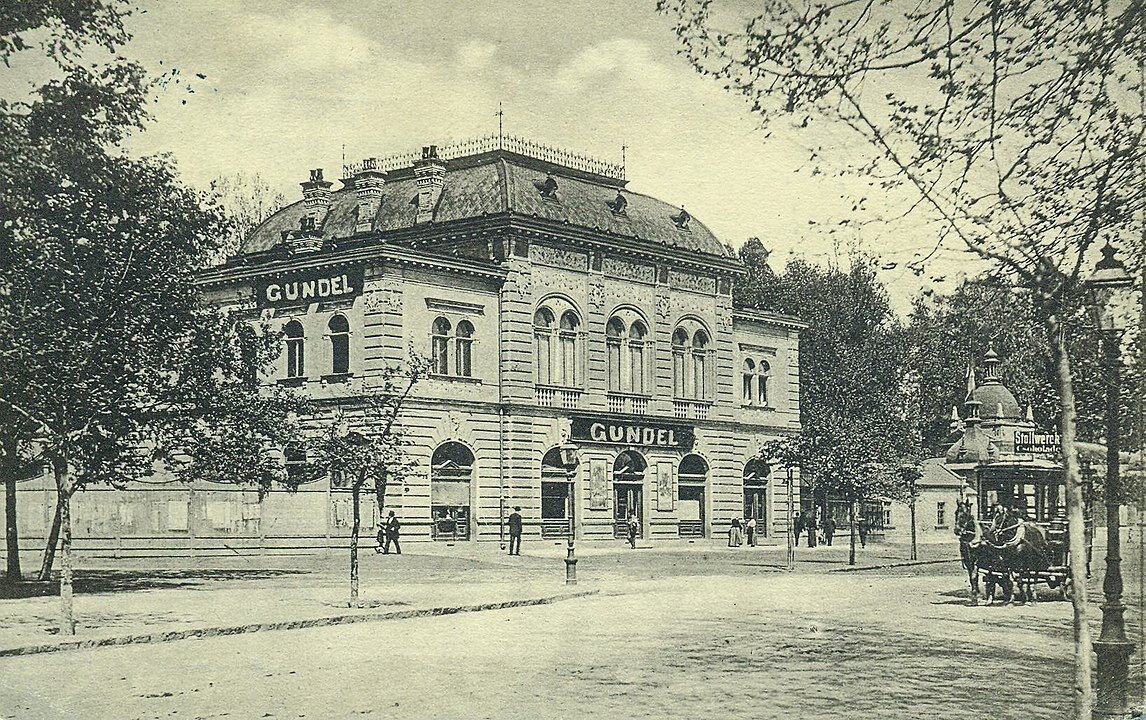Future Speak: Blade Runner in Hungary, Hungarian in Blade Runner
zita kisgergely
One of the pre-pandemic’s huge film production successes to be shot in Hungary was the sequel to Blade Runner: Blade Runner 2049. The Ryan Gosling starring film, which utilized local sound stages and locations, took in close to 260 million dollars, and though that figure was disappointing to some, was still strong enough to generate development interest a third instalment. But that’s getting ahead, when what we really want to focus on is the past, and the Blade Runner / Hungarian connection at its origins.
Sharp and astute viewers noticed in the original Blade Runner that when Harrison Ford’s character Rick Deckard is interrupted while eating noodles, the officer who accosts him does so in Hungarian. Strangely, the Chinese noodle chef also understands Hungarian and translates for Deckard that he should follow the detective, as he is under arrest. Edward James Olmos, playing the cop Gaff, throws in a Hungarian curse for good measure, which we won’t repeat here.
It all seems pretty random, until Omlos returns in Blade Runner 2049 to deliver more Hungarian, though this is less out of the blue, as his character lives in Budapest. Allegedly, Hungarian was chosen for the original Blade Runner scene because the film-makers wanted the language to sound futuristic, and secondarily, actor Edward James Omlos has Hungarian roots via Mexico.
Will Blade Runner Three feature more Hungarian? Only time will tell. Until then, enjoy this blast from the past, with Omlos’s shaky but clear command of classic yet futuristic Hungarian language.
Flatpack Films has many years of experience dedicated to offering expert servicing. It has brought the best of Hungary to countless brands, agencies, and production companies through its unique locations, exceptionally skilled crews, top of the line equipment and technical solutions. Backed by an impeccable track record, Flatpack Films has worked with world-class clients including Samsung, Samsonite, Toyota, Braun, Chivas Regal and many more - bringing their projects to life through a highly bespoke approach.









































